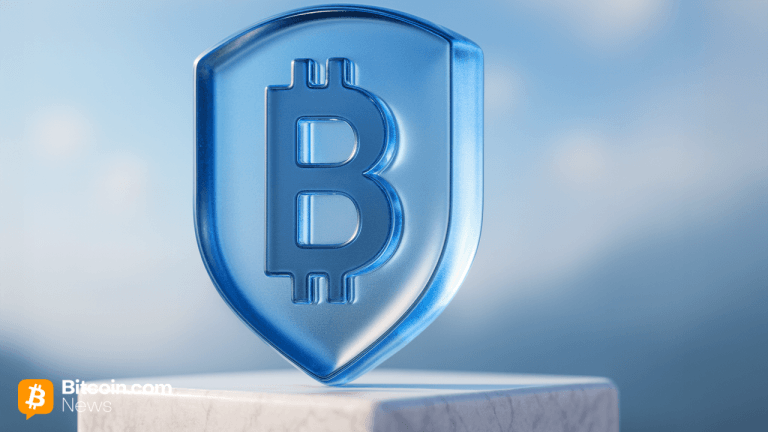The importance of ‘ghost rate’ in gauging meaningful adoption

Ghost rate is not just a metric; it’s imperative for brands seeking to tap into the transformative potential of blockchain technology.
All day I talk to founders in the blockchain category, and all day I hear the same thing — the importance of adoption. Adoption is what everyone is chasing at all costs. This makes sense since the resiliency, overall network effect and ultimately the value of a blockchain rely on people using the infrastructure to transact with one another, at scale.
These founders have built roads that currently lead to a massive, undeveloped landscape. So, wanting to focus on adoption is perfectly sensible and reasonable.
But what constitutes meaningful adoption? A growing user base is great, but it does not automatically indicate meaningful, sustainable adoption. The longevity of any blockchain depends on more than just simply onboarding users. Founders should focus primarily on users who engage with the blockchain significantly and consistently — this is more challenging than staying on top of simple metrics like the number of wallets created or the number of NFTs dropped.
That’s why I’m proposing a new key metric for the blockchain industry that I believe is more reflective of meaningful adoption than the number of transactions and new wallets. I call this metric the ghost rate. Before diving into the specifics, let’s revisit the definition of its well-known cousin, the bounce rate. Bounce rate refers to the percentage of visitors who navigate away from a website after viewing only one page.
It’s an important measurement of user engagement. A high bounce rate typically indicates an offputting or confusing user experience, while sites that do a good job of providing value to users will tend to retain them, leading to more pages viewed per visit, more return visits and a correspondingly lower bounce rate.
I see ghost rate working similarly but with higher stakes. What blockchain networks need is users with multiple on-chain interactions (transactions) per month — those are healthy network participants. A ‘ghost’ user might be a user who interacts with the blockchain only once per month. These users, while present in the system, do not contribute meaningfully to activity on the chain, making them essentially ‘ghosts’ in the network.
Join the community where you can transform the future. Cointelegraph Innovation Circle brings blockchain technology leaders together to connect, collaborate and publish. Apply today
In essence, the ghost rate is to blockchain what the bounce rate is to traditional web analytics. However, there’s a vital difference in the level of user commitment. Engaging with a blockchain, usually via transactions, represents a more involved and more profound interaction compared to merely viewing a webpage. Hence, the ghost rate is potentially a more valuable metric for assessing user activity and engagement than the bounce rate in a category like Web3.
Essentially, the ghost rate indicates the efficiency of a blockchain product in retaining users and promoting regular usage. It also serves as an indicator of likely long-term user adoption. If the ghost rate is high, it indicates that users are not finding enough value in using the blockchain regularly. In contrast, a lower ghost rate suggests a more engaged user base, which bodes well for the longevity of the project.
Achieving a lower ghost rate isn’t merely a marketing task. While marketing strategies can effectively drive user adoption, at least initially, achieving a low ghost rate is a product-specific challenge. Achieving sustained, meaningful user activity requires the product itself to be easy to use and offers compelling benefits. Therefore, alongside driving initial adoption, platforms should focus on refining their product, increasing meaningful user engagement and ultimately lowering their ghost rate.
For a marketing professional, the ghost rate offers valuable insights. It provides a clear metric for meaningful user engagement and allows brands to gauge the effectiveness of their product in retaining users. If the ghost rate remains high despite aggressive marketing, it points to a need for product refinement. Marketers can then work with product teams to enhance user experience, thereby fostering deeper, more frequent interactions, and hopefully driving the ghost rate down.
So how can product teams improve their ghost rate? Believe it or not, it starts with chatting with the marketers in the room. Now I’m making some assumptions here since some startups don’t have in-house marketing teams, and that’s ok. But, what you want is to look at the analytics that marketers typically look at. You need a nuanced understanding of how users are getting onboarded to a product. How do they learn about it? How far do they get through the onboarding process? What is the common behavior of the most engaged users? Are they mostly flipping NFTs, engaging with Gaming DApps or using DeFi tools?
There are lots of questions, but fundamentally you are trying to understand:
- What drew most of the users in?
- What do the most active users most enjoy in the product?
- Where is the drop-off point for the ghost users?
For teams that are building L1/L2 blockchains, instead of a dApp or other product, you will probably ask slightly different questions:
- What product drew most of the users in?
- What products do the most active users use the most (with multiple interactions with each per month)?
- Which product has the biggest delta in onboarding versus retaining users?
To achieve meaningful adoption, it is important to focus not only on initiating user interactions, but more importantly, on fostering substantial and regular engagement. By paying attention to the ghost rate, it is possible to create a pathway to more vibrant, engaged and valuable ecosystems. This will also assist product teams with improving their product and product-market fit.
In general, product teams either come up short on the onboarding or the continuous engagement phases of the product. For products that fail at onboarding, they never achieve escape velocity and become irrelevant. For those that have solved the onboarding, failure to have a low ghost rate will ultimately doom them to irrelevancy as well. This is why for founders, builders and marketers everywhere, the ultimate question is: What is the ghost rate?
Mark Soares is the Founder of Blokhaus Inc, a Marketing & Communications agency in the Web3 and Blockchain category.
This article was published through Cointelegraph Innovation Circle, a vetted organization of senior executives and experts in the blockchain technology industry who are building the future through the power of connections, collaboration and thought leadership. Opinions expressed do not necessarily reflect those of Cointelegraph.
Learn more about Cointelegraph Innovation Circle and see if you qualify to join





